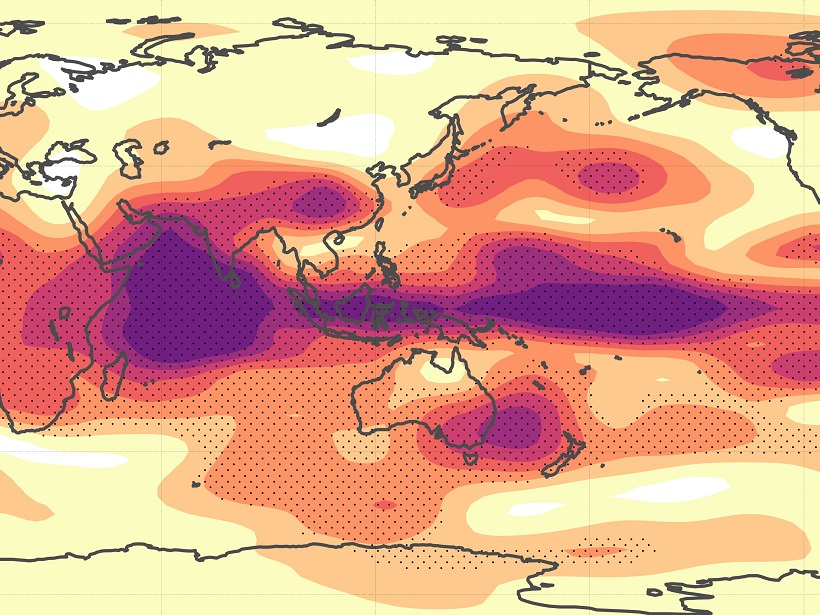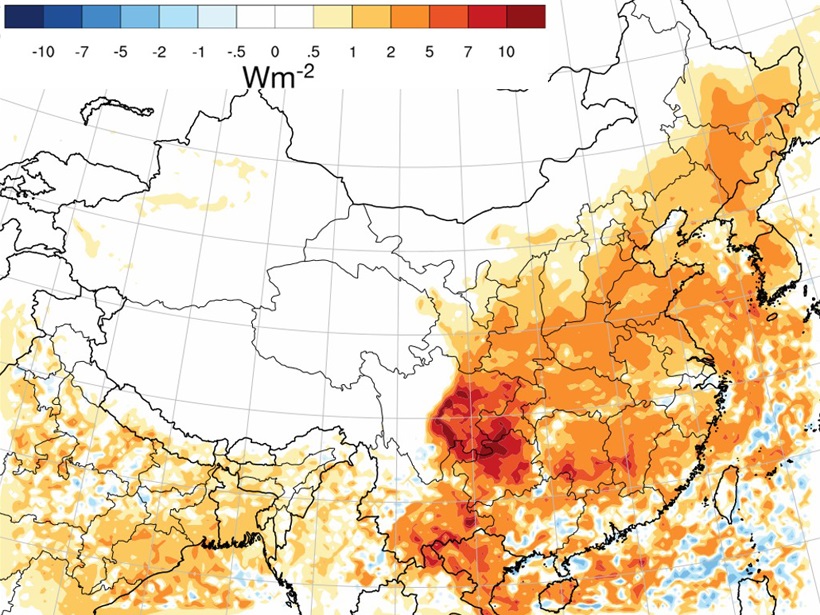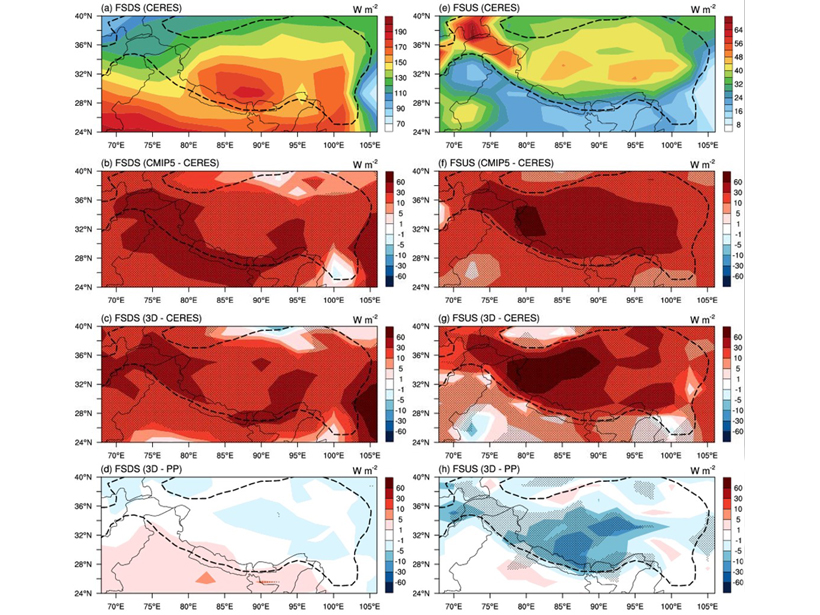A new index for quantifying regional sensitivities to the influence of periodic events.
Journal of Geophysical Research: Atmospheres
Fading Air Pollution Reduces Fog in Central Valley
The tule fog in California’s Central Valley is notorious for causing delays and accidents throughout the region; however, a decrease in air pollutants is reducing the fog’s frequency.
The Tropical Atmosphere’s Balancing Act
A new study finds that the tropical atmosphere maintains radiative-convective equilibrium as a whole, but not at smaller scales.
Polar Vortex Deformations Change Tidal Weather in the Mesosphere
Wind observations made by a high-latitude radar network shed new light on the rapid response of atmospheric tides in the upper mesosphere to stratospheric sudden warmings.
Did a Volcanic Eruption in 1783 Change the Climate in Europe?
A new model of the Laki eruption in Iceland suggests that normal climate variability was to blame for the anomalously warm summer.
Household Cooking and Heating Affect Health and Climate in China
Black and organic particle emissions have significant impacts on both health and climate, and household cooking and heating activities may contribute substantially to these impacts in China.
A New Road Map for Assessing the Effects of Solar Geoengineering
A special issue dedicated to modeling the impacts of stratospheric sulfur dioxide injections is a crucial step toward understanding the climate goals this intervention can—and cannot—achieve.
Previous Research Has Underestimated Black Carbon Emissions
New observational constraints suggest that U.S. emissions of this heat-absorbing aerosol were 80% higher during the late 20th century than prior estimates have indicated.
New Observations of Thunderstorm Updrafts and Downdrafts
Unique measurements of air motion within deep convective clouds offer new insights in our understanding of these storms and provide constraints for weather and climate prediction.
3D Radiation-Topography Interaction Warms Up Tibetan Plateau
3-D radiation-topography interaction, which can increase the sunlight absorption by the surface, is missing in all climate models, causing strong cold biases over the Tibetan Plateau.










